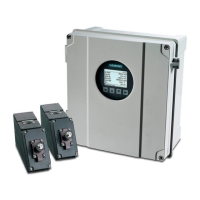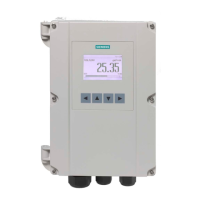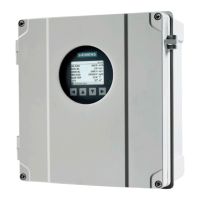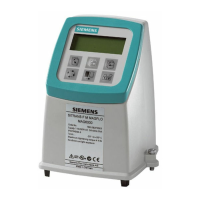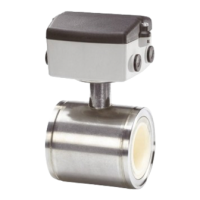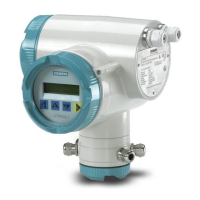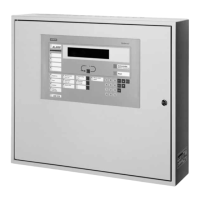Determining the compact stations
Determining the batteries and power supply
11
155 |
Building Technologies
Determining the battery type
Determine the battery type on the basis of the calculated battery capacity (see
table).
Designation Type Ah @20h ↑ VdS no. I
Load max
Battery (12 V, 7 Ah, VdS) FA2003-A1 7 G103032 2.1 A
Battery (12 V, 12 Ah,
VdS)
FA2004-A1 12 G103034 3.6 A
Battery (12 V, 17 Ah,
VdS)
FA2005-A1 17 G103035 5.1 A
Battery (12 V, 26 Ah,
VdS)
FA2006-A1 26 G101164 7.2 A
Battery (12 V, 45 Ah,
VdS)
FA2007-A1 45 G102067 12 A
Battery (12 V, 65 Ah,
VdS)
FA2008-A1 65 G104047 17.2 A
Battery (12 V, 100 Ah,
VdS)
FA2009-A1 100 G111026 26 A
Table 43: Permitted batteries
WARNING
Switching batteries in parallel
Risk of explosion and fire
● Never connect batteries in parallel!
you must use batteries with a higher capacity.
For CE conformity reasons, only UL94
V2 batteries or better may be used.
● To achieve the system voltage of 24 V, two batteries must be connected in
series.
● Batteries are not included in the scope of supply of the ↑ stations and must be
ordered separately.
● The battery capacity determines the charging current. The charging current
must be taken into account when calculating the power supply.
● The dimensions of the batteries are needed to determine the housing type.
Battery restriction
● Due to the weight, no batteries with a rating above 65 Ah may be installed in
the housings (Large) and (Large Extension).
● The permitted dimensions of the batteries may be restricted by existing options
(e.g. event printer in operating add-on).
● Batteries with different dimensions, which are not permitted, may not be
suitable for the selected housing.
See also
2 Permitted batteries [➙ 169]
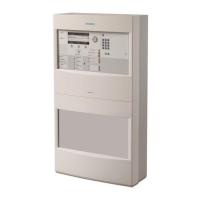
